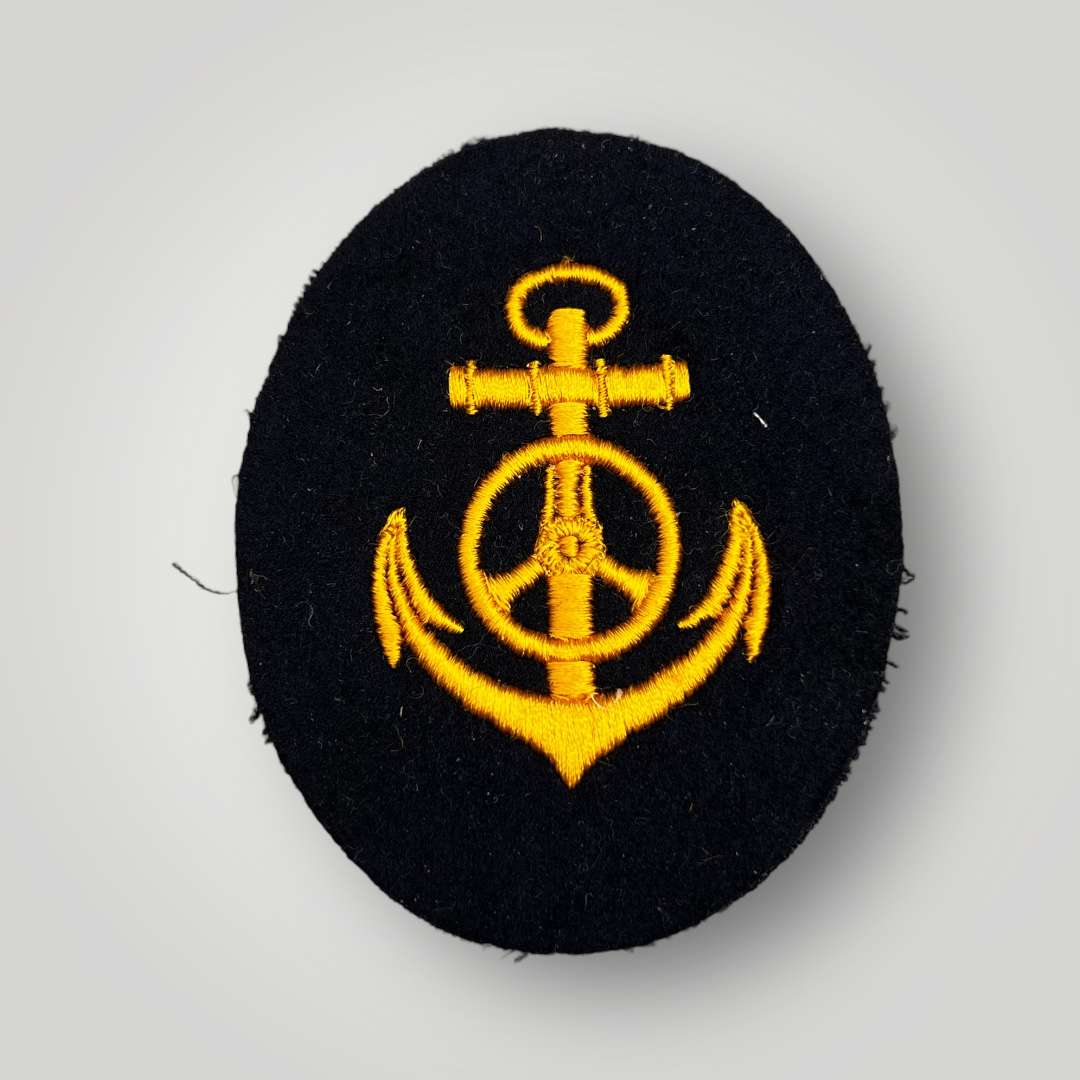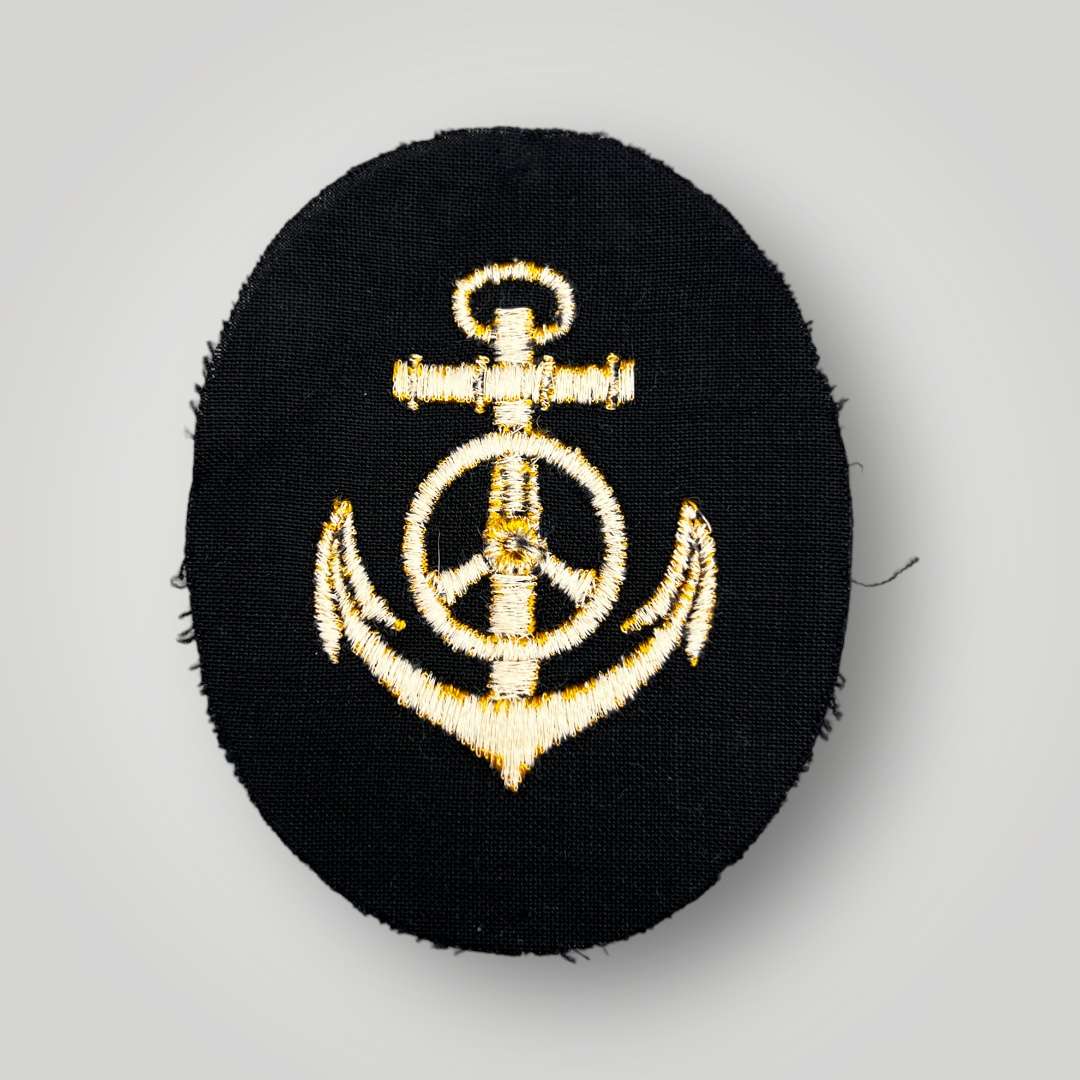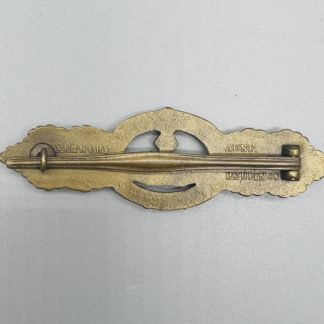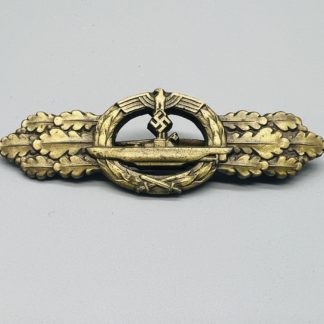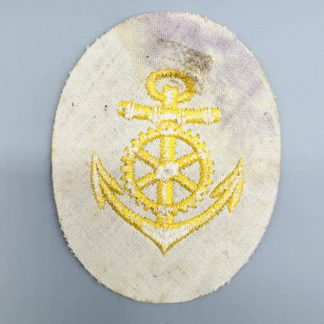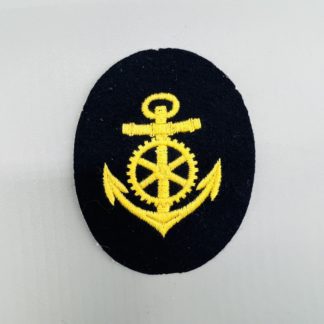Description
Kriegsmarine Trade Patches
Upon joining the Kriegsmarine, every individual underwent assignment and training tailored to a specific career within the organization. These careers encompassed a diverse range of specialty trades and functions, some of which were restricted to specific rank groups. Upon successful completion of the designated training, personnel were awarded distinctive career insignia, which were to be prominently displayed on the upper left sleeve of their uniforms.
For Enlisted Men (EM) and Non-Commissioned Officers (NCOs), the career insignia had the flexibility of being worn either in conjunction with the rank insignia or as a separate identifier. Adhering to regulations, the base color of the insignia matched the uniform it adorned.
It is noteworthy that the Specialist career insignia for Junior NCOs and EMs was initially introduced in 1933, with subsequent additions. It differed from the standard career insignia as it necessitated more comprehensive training, and its emblems were crafted in red thread, deviating from the gilt metal, golden yellow, or cornflower blue emblems found in the standard career insignia. In 1940, modifications were made to the Specialist career insignia, which remained in use throughout the war.
Throughout its duration, the Kriegsmarine employed no fewer than thirty-one distinct specialist career badges. One such example is the Geschützführer für Seeziel und Flakartillerie kleiner Fahrzeuge III (Smaller Vessel Sea Target and Anti-Aircraft Gun Chief) badge, initially introduced in 1933 and later replaced with a new pattern in 1940.



